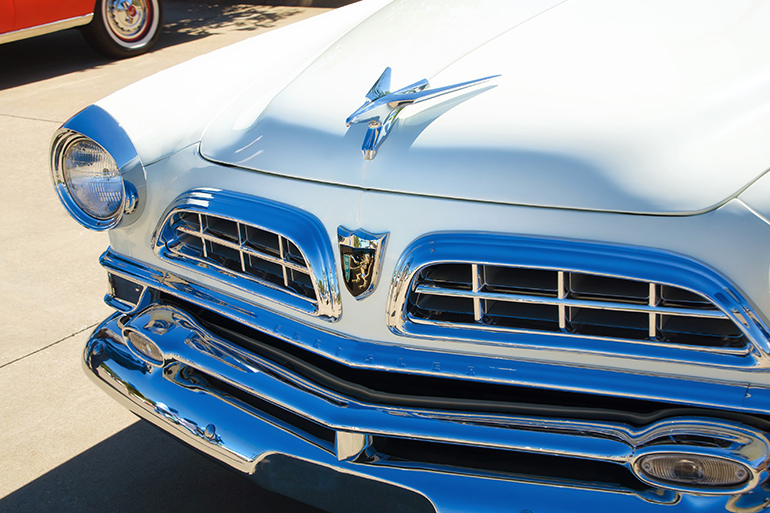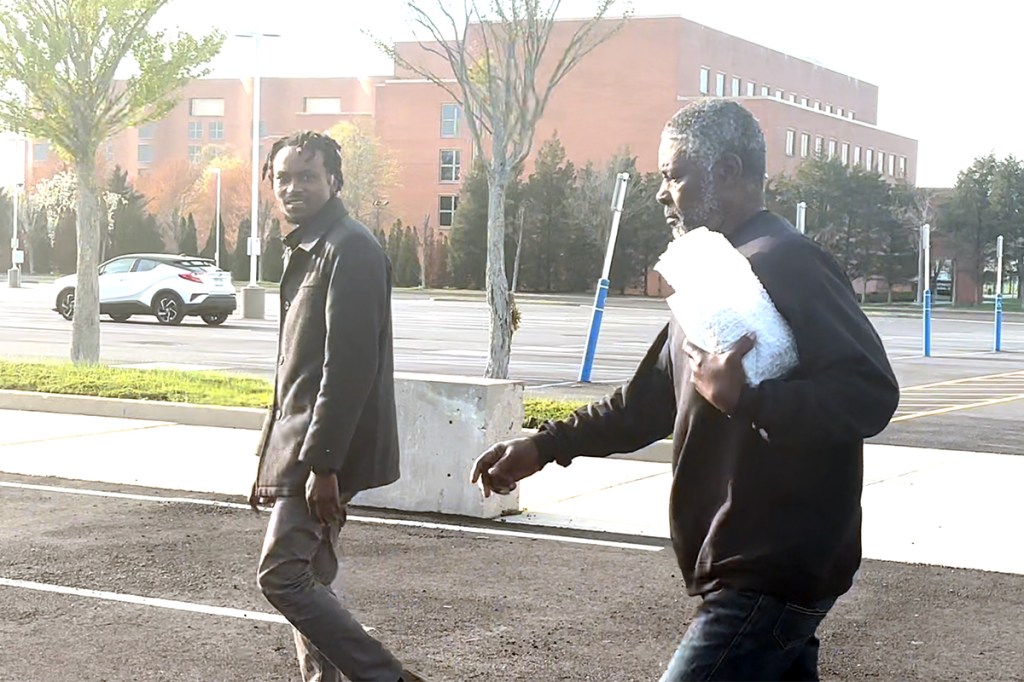A Long Drive Again: NYC to the Hamptons Takes as Long as It Did in the 1950s

It’s said what goes around comes around. And so, therefore, I am able to report that because of the increase in traffic, the amount of time it takes to drive from Manhattan to the Hamptons is rapidly approaching the time it took to do so when I first came out here in the 1950s.
In between then and now, the amount of time did dip down, probably dropping to its lowest point about the time the Long Island Expressway reached Riverhead midway between then and now. Boy, could you speed out here then.
The experience of getting out here by car, in spite of the fact that the time is close to merging, is so entirely different that I thought I ought to write about it. The inspiration came last week when I drove a BMW 150. “Hello Driver Dan” the video screen said when I slid in behind the wheel. It recognized me by my butt on the seat, I believe. Driving down the street, I noticed a small white square on the dashboard screen with a black number 45 in it. It was reading the speed limit signs. It changed to 25 when I went down a side street. I think you know where this is going.
Being in a car today is an amusement. It really doesn’t matter much how longer it takes to get out here. If you’re uncomfortable, readjust the back lumbar or the seat tilt. Seat too hot? Press a button and cold air comes through holes in it. Lost? A confident woman will guide you on the GPS. Or, if you don’t like her, you can make her into an Englishman.
You have airbags, rear video cameras, whiplash headrests, seatbelts (uh, no seatbelts in 1955), child seats for the backseat only. You have headlights that dim automatically when a car approaches. You have computers that buzz at you if you go out of the lane, other computers that ding if you pass when you shouldn’t, sirens that go off if somebody other than you tries to start the car, audio consoles that give you Bluetooth video and podcasts, telephone calls and self-parking software that sizes up the parking space and then back-and-forths you into it. You have remote start and cup holders. (Balancing a cup between your legs was the cup holder of 1955.)
The only amusement in a car in 1955 was when one of us hid in the trunk so that when we took our dates to the drive-in movie we’d only have to pay for three, and not for four.
Other than that and the romancing you might accomplish in the backseat, nobody thought of cars as amusements in 1955. They were, instead, regarded as wild animals that mated with works of art. They were judged for the beauty of their tailfins, their rakish windshield angles, their chrome grills, the white wall of their tires.
They had names like Mustang, Barracuda and Cougar. Driving them was smelly, noisy and rough. White or gray smoke came out the back. If it turned to black smoke, it meant engine trouble. They spent lots of time in “the shop” up on the lift. Mufflers fell off. Transmissions seized. Brakes failed.
Ninety nine times out of 100, though, it got you there. And while en route, there were thrills as you navigated the narrow, bumpy roads. You could drive really fast, spinning your wheels into a screeching slide while coming to a new straightaway. Car salesmen prided themselves on how fast you could drive them from 0 to 60. Doing it in 11 seconds was exciting. Doing it in 10 seconds was scary, but a thrill.
To add to the excitement, turn rock ’n’ roll on your radio very loud. And open the “fly window” so the wind can blow a hurricane at you. (They were mounted on the car door between the regular car door window and the windshield. They swiveled out to blow wind at you.
They were especially happy additions to convertibles, with the wind in your hair.) And we teenagers at that time talked top speeds. On long empty straightaways, we could get those cars up to 105, or 110, even 115 if no police were around. I once hit 118 on the Napeague Stretch.
But hang on for dear life. Both the front and backseats were long upholstered benches without seatbelts, adjustments or side supports. As for the dashboard, it was metal with protruding knobs. No help in an accident. But they were as arty as the rest of the vehicle, their design accenting the tailfins and grilles with chrome here and there.
So what we had here back in 1955 were exciting, outta-my-way, thundering creatures with 188 horses that got to an intersection where someone was beginning to walk across the street and you stepped on the gas to beat them to it.
And when you got into traffic jams coming out here with the smoke and noise and hot sun, all you wanted was to find the alley down the shoulder of the road you could downshift to second to get into, then rocket ahead, spewing dust on the unfortunate suckers who hadn’t thought of this. The dream of the peace and quiet was the goal—at the end of what was not a yellow brick road but a bumpy, potholed rumble of trouble, probably backed up because of an accident and attendant rubbernecking.
It was not for nothing that, when I first got here, there was a big billboard by the side of the road as you approached one particular town from the west that read “ENTERING WATER MILL. SLOW DOWN AND ENJOY IT.”
I might add that back then, cars were so prized for their beauty and animal prowess they were frequently stolen by thieves. Even if you locked your car. A trunk could be popped with a locksmith’s key. A coat hanger wiggled down through the top of a door window could pull up the door lock. After that it was just a matter of putting a few wires together under the dashboard to start the engine. And then you were off. If you were that kind of person.
Cars weren’t stolen that often in the Hamptons. But in Manhattan, it happened all the time. There was just no way to secure your car to properly prevent that happening.
Well, that was then.
Today, one sits in a personally adjusted captain’s chair issuing orders, making phone calls, listening to the Englishman give you information, handling situations that appear in your mirrors or on your screen—and if it is going to take three hours, maybe three and a half, that will be fine. A wave to a young woman in a blinking crosswalk. And a smile. After you, Miss. You are enjoying a Beethoven symphony in an acoustic setting rivaling a concert hall.
And 0 to 60? We come out of a side street and there we are. There’s a split second available to get into a lane from the side street, and in 5 seconds, you’re in it and two seconds later you’re up to 60. With 300 horsepower, nobody even thinks about it.
Getting to the Hamptons is lots of fun, and if it takes longer that’s fine. There’s so much to do, so many calls to make and messages to send you’re out here in a time you might almost wish would be longer.



